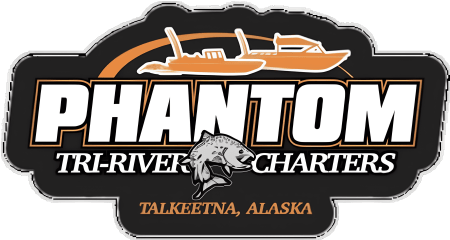What Exactly Is a Polar Vortex?
If you’ve been paying much attention to the weather during the winter over the last couple years, you’ve probably heard the term “polar vortex” on more than one occasion, typically during periods of particularly cold temperatures. While the term has become more commonly used in mainstream meteorology over the last several years, this isn’t exactly a new phenomenon—it’s something that’s been talked about for decades.
The general idea behind a polar vortex is that it’s a large pocket of air that is very cold—often the coldest air you’ll find anywhere in the Northern Hemisphere. This air hovers over the polar region during the winter season. However, this cold air can start pushing its way south into the United States if the polar vortex is pushed farther south. When this happens, the northern Plains region, the Midwest and parts of the northeastern United States can experience especially cold temperatures.
It takes a very large, powerful, high pressure system that begins in the eastern or western parts of the Pacific Ocean that then stretches up to the North Pole for that pocket of cold air at the pole to be displaced and pushed farther south. These high-pressure systems reach Alaska quite frequently, but it is not a typical occurrence for them to get all the way to the North Pole.
But when it does happen, the United States and Canada will experience subzero temperatures for days at a time, until the strong air from those high pressure systems weakens and begins to fall apart.
How the polar vortex can affect your plans
If you’re planning a trip to Alaska during the winter months, then you’re obviously already prepared for some level of cold, especially if you’re going inland. The coastal temperatures generally don’t get too bad, but the farther inland you go, the farther below zero you can expect the temperatures to dip.
But the polar vortex can really throw a wrench in people’s plans if they’re hoping to vacation and travel here in the winter time, such as for an Alaskan fishing trip. In some cases, people have to deal with flight cancellations, or significant delays causing a need to de-ice planes. But so long as the ice and snow isn’t too much of a concern, planes actually perform their best when the weather is cold and the air is denser—they have more power and fuel efficiency in cold weather.
What’s more likely to happen than having issues with flights is having issues with activities being canceled. At a certain point, the air temperature becomes far too dangerous for people to spend a significant amount of time outside. Even for native Alaskans, there comes a point where it actually does become too cold.
With the effects of climate change, these polar vortex situations are only becoming more common, though they are still the exception rather than the rule. Still, it’s worth considering weather patterns as you prepare for your Alaskan excursion.
For more information about factors to consider when you are planning an Alaskan fishing trip, contact Phantom Tri-River Charters today.
